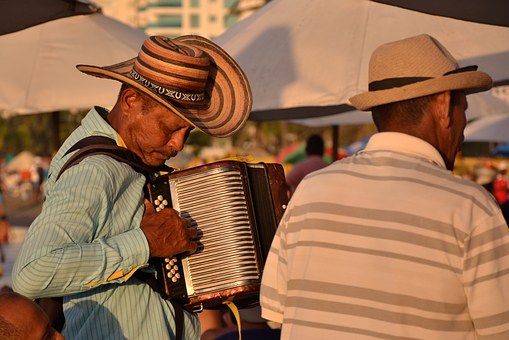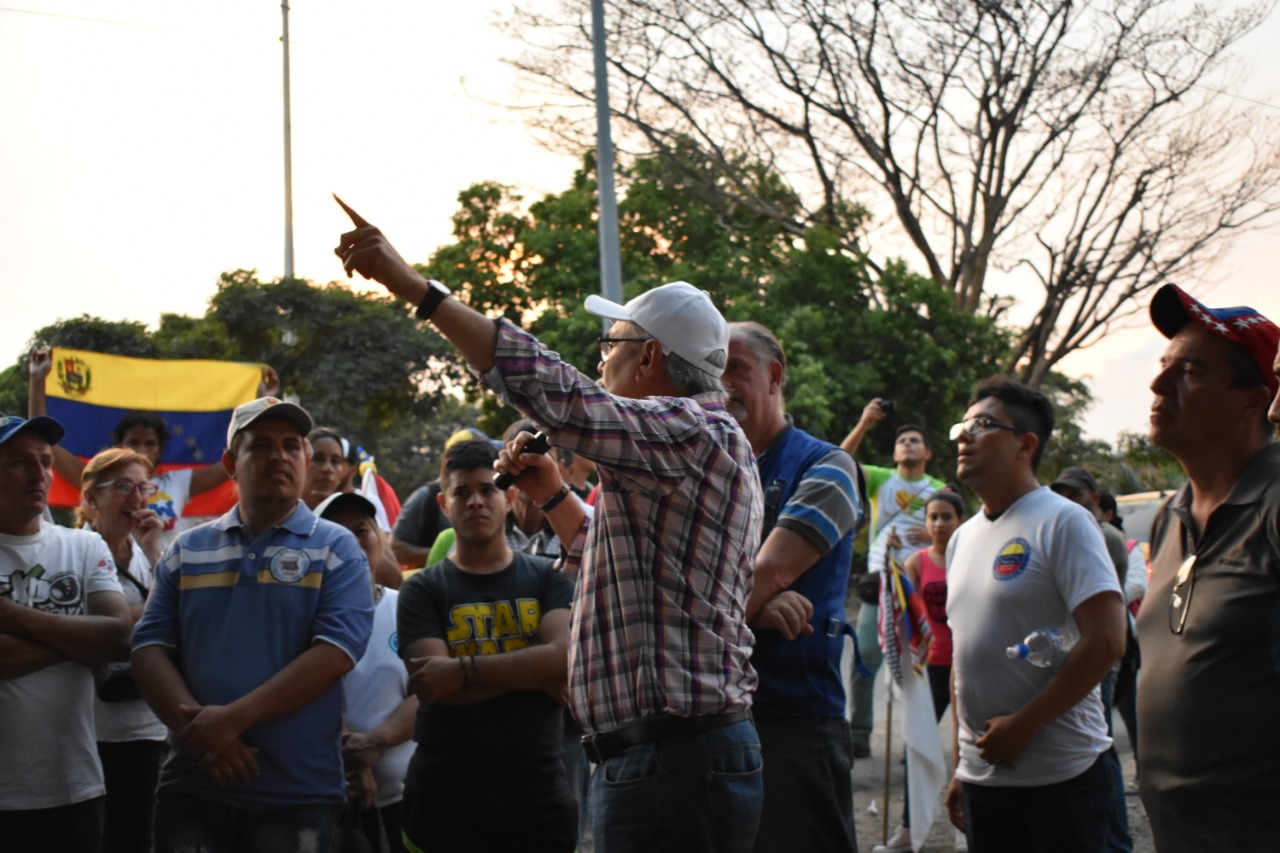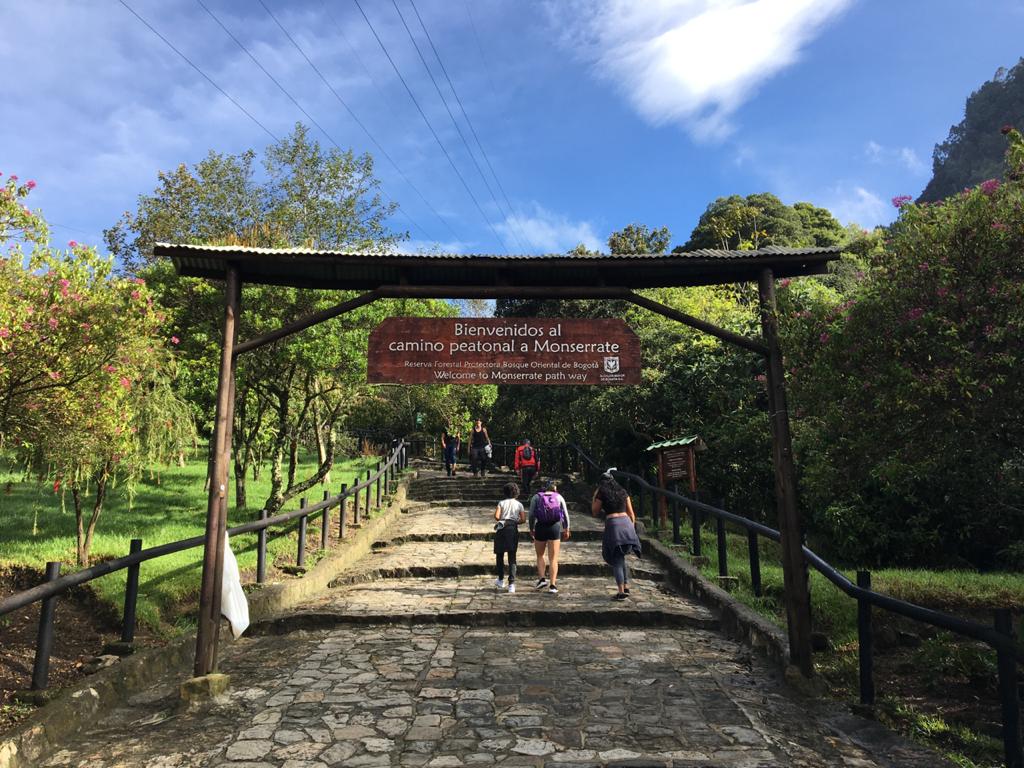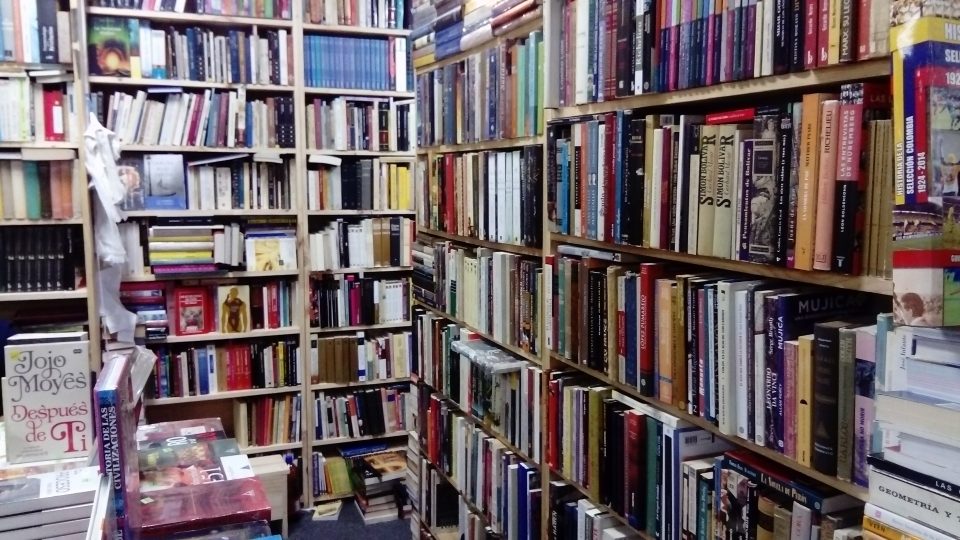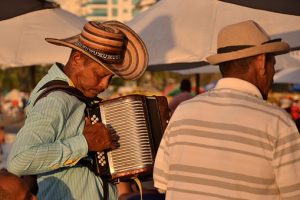
Vallenato is Colombia’s most original and unique contribution to world music. We spoke to Dr Lina Britto on its origins along the Carribean coast and its brief fling with the illicit marijuana trade of the 70s.
In the first part of Gabriel Garcia Marquez’s memoir Living to Tell the Tale, the celebrated novelist recounts the most important decision he had to make as a writer: taking the two day journey up the Magdalena River to sell his grandparents’ house in Aracataca, a village an hour south of Santa Marta. ‘I remembered it as it was,’ he wrote about the place of his childhood, ‘a good place to live where everybody knew everybody else, located on the banks of a river of transparent water that raced over a bed of polished stones as huge and white as prehistoric eggs.’
At the time, the region was undivided and bore the name Gran Magdalena and Gabo was one to know that at the backdrop of every evening; on carriages and in brothels, at christenings and after massacres, vallenato troubadors armed with imported German accordions, bass drums (cajas) and guacharacas (a rasping instrument made of wood) would play out the soundtrack of this hot, humid region.
http://www.youtube.com/watch?v=zsobg5OqQJo
The vallenato (pronounced ba-jay-na-to) that Garcia Marquez often wrote of, came from the hinterlands of this region (which now comprises Cesar, La Guajira and Magdelena) and is borne of both the cattle ranchers and the cotton plantations that dotted its early history. The clásicos of vallenato come from this period of time too (the 50s and 60s) and the songs spoke of themes that reflected a simpler life: love and courtship being dominant narratives but also nature, rivers, the mountains flanking the coast, social relations, anecdotes and local mythical characters like Francisco El Hombre.
But even the most perceptive writer of his generation couldn’t have imagined the next chapter in vallenato’s story; it’s slow courtship with the blossoming marijuana trade in the region.
In an essay published in 2015 entitled Hurricane Winds: Vallenato Music and Marijuana Traffic in Colombia’s First Illegal Drugs Boom, Dr Lina Britto chronicles how the music was slowly pulled in by intermediaries in the marijuana trade in the Gran Magdalena region. These intermediaries were popularly referred to as the marimberos and they were the middlemen that stockpiled, packed, coordinated the transportation and loaded the shipment onto trucks. They occupied a rarefied ground between exporter and dealer. ‘The marijuana business was a fleeting economy, it lasted for a little more than a decade.’ Britto said, ‘It was like a boom that came and went.’

Dr Lina Britto
Britto, who graduated with a PhD at NYU and now works at Northwestern University in Chicago (focusing on modern Latin American History) is currently working on a book detailing the larger history of the marijuana economy along the Caribbean coast during this period, a period referred to as bonanza marimbera.
Britto’s research started with her own family who, though they were not part of the trade, were crucial accounts of the regions oral history. Beginning with an uncle renowned for his stories, the stories began to ripple outwards to include cultivators, marimberos, exporters, musicians, journalists, anthropologists, historians and other sources that were part of this social universe.
And in the 70s, themes became more urbanised and began to reflect modern commerce, the marimberos made hay while the costeño sun shined and were able to influence the wider culture around them, including using the vallenato as a means to show their standing in the community. To repeat Garcia Marquez’s words, it was a region ‘where everybody knew everybody else’ and a public reputation counted for everything. ‘They seized the vallenato as an instrument for them to celebrate their achievements—to project an image of themselves as successful merchants.’ Britto said, noting how they would often act as patrons of famous vallenato acts and promote their recordings when they were released. This would manifest its way into the music that celebrated a trafficker, ‘not as a marijuana trafficker himself but as a prominent member of their community as a man of stature.’
One famous example is that of Diomedes Dias who wrote of the trafficker Lisimaco Peralta in the song Lluvia de Verano and charts the marimbero’s life from an impoverished childhood in Riohacha to being an important figure in the region. ‘A lot of the time you wouldn’t know just from the lyrics that they were celebrating a marijuana trafficker.’ Britto said, highlighting how the lyrics were simply about how suffering was passing, that grief was fleeting like the summer rains, but that people in the region with inside knowledge would realise the significance of Peralta’s name in the song. ‘Vallenato at that time was full of similar stories where a national audience had no idea about it because they were local anecdotes that only circulated within the region.’
As fate would have it, Peralta was gunned down at a parranda by a neighbour while Dias was serenading him with this very song. It was claimed that the killer was disgruntled that Peralta had requested the song so much at a live gathering.
Though the marijuana economy did not repeatedly recur like the cocaine cartels did after them, towards the end of the bonanza, their operations became more violent following increased prohibition by an increasingly militarised state and the parallel ‘War on Drugs’ being waged by the US. Britto believes that, prior to these interventions, business had been peaceful, operating through networks of families, neighbours and friends and it was the criminalisation of drugs that disrupted certain principles that they had. ‘Principles like conflict resolution that worked well before but the prohibition and the militarised-state response changed this and violence erupted.’ Britto said.
The sounds of the vallenato also underwent changes as a result of the times, as newer instruments were added – the electric guitar, bass and modern drums. In an attempt to make it more commercial and danceable. ‘But this was more the recording industry rather than the marimberos’ Britto believes. It was also a change that Britto believes was for the worst—she’s careful to distinguish the golden standards of vallenato (which she loves) and the dross that came after. ‘We call it valle-jarto’ she said, ‘or valle-boring.’

